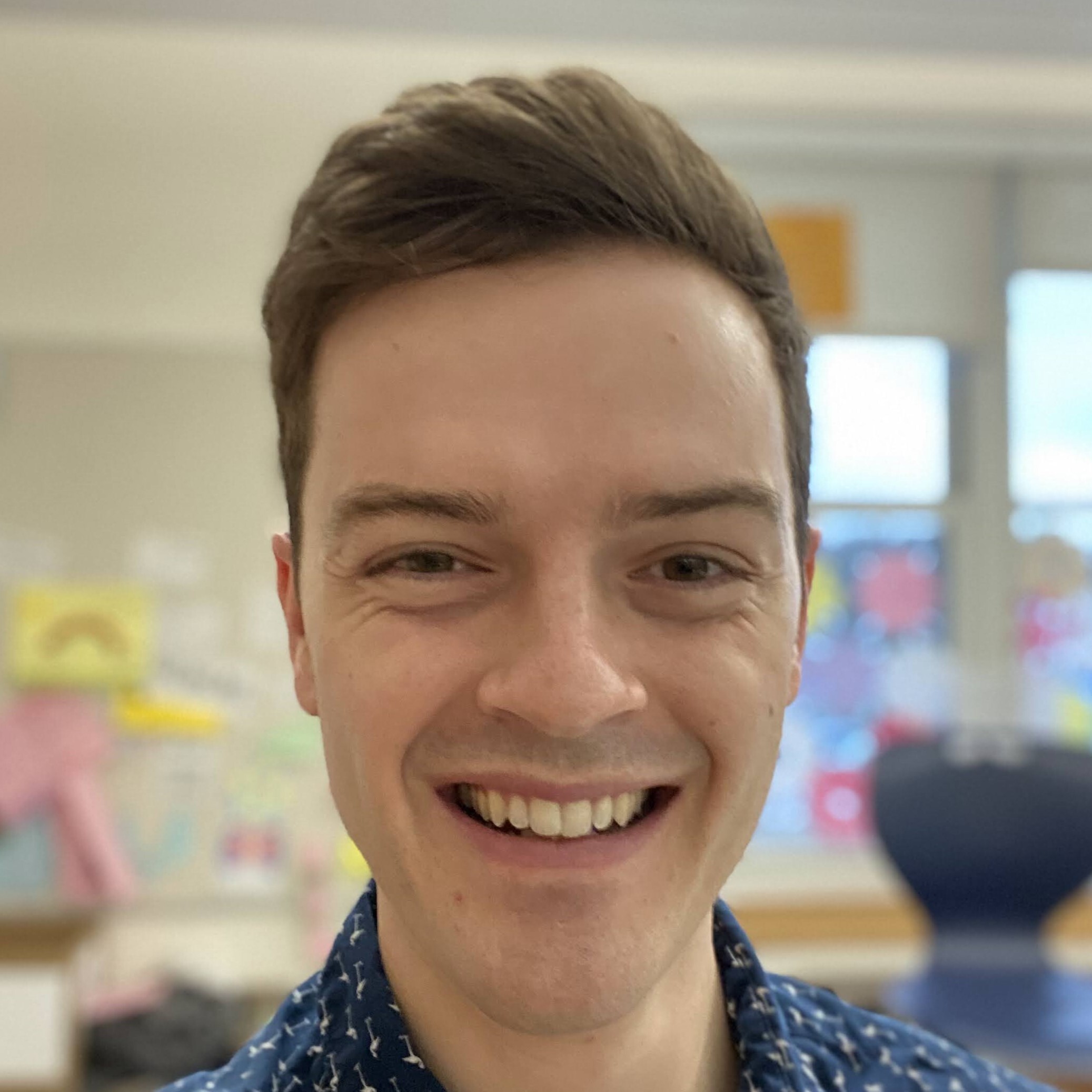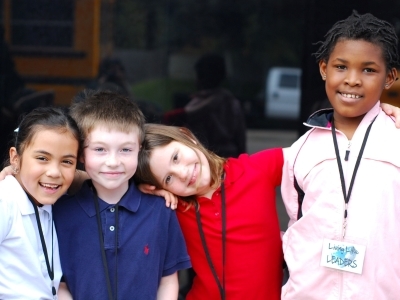How I Shifted My Classroom Thanks to Brave Colleagues
Topics
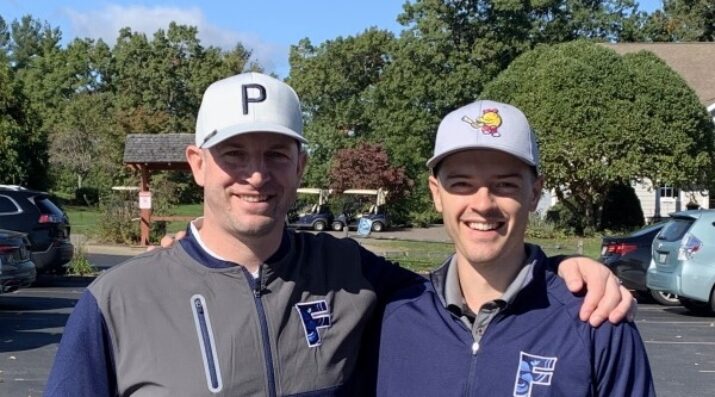
When educators design and create new schools, and live next gen learning themselves, they take the lead in growing next gen learning across the nation. Other educators don’t simply follow and adopt; next gen learning depends on personal and community agency—the will to own the change, fueled by the desire to learn from and with others. Networks and policy play important roles in enabling grassroots approaches to change.
When shifting to a student-centered, self-paced classroom, it helps to have brave colleagues who will support you, guide you, and even join you in your effort.
In one of the first meetings with my instructional mentor during my first year of teaching, I recall sharing with him that it felt like I was treading water in the classroom. I wasn’t drowning, but it was a constant struggle and readjustment to figure out how to teach. I was coming in early and staying late just to build resources, and I felt like every day I was learning from the mistakes I was making. As I slowly found a rhythm, I started to have bigger, slightly unsettling thoughts about the kids in front of me. How am I supposed to reach all of them? How do I help the students that need me the most while also pushing those ready and eager for more? It felt like every single student was at a different place and had different needs, something that felt insurmountable as their teacher. I was beginning to recognize the need for something different in my classroom, something that would help me reach all students no matter where they were in their learning journeys.
In summer 2020, before we were due to return to hybrid teaching at my school, a video from the Modern Classrooms Project came up on my Twitter feed and I watched all five minutes STUNNED at what I was seeing. It made so much sense. Of course students need to learn at their own pace. Of course they should be able to demonstrate that they understand a piece of content before moving on to the next lesson. Of course the balance between instructional videos, group discussions, and one-on-one time with me would provide flexible paths for their academic success and meet them where they are. A student-centered, self-paced classroom style felt so obvious. I couldn’t wait; it felt like the answer to my classroom struggles was finally in reach, and I wanted to start learning immediately.
I’m the kind of teacher and person who tries something new and navigates the obstacles as they pop up along the way. But my desire to adopt a self-paced curriculum had me thinking I would need to be purposeful in implementing an entirely new instructional strategy in my classroom. I needed support. Early in my career, I recognized that I was lucky to have educators around me who were pushing me forward, challenging my thinking, and encouraging my growth. I felt ready to try something new with the confidence that good people around me would make a difference.

The author with department head Ron Taylor
I soon found myself a cheerleader for the Modern Classrooms Project (MCP), championing its ideas around the department office. My department head, Ron Taylor, who has molded me into the educator I am today, and who saw the benefit of the learning model behind MCP, pushed me to take a risk and challenge norms. He gave me the go ahead to lean into fully implementing.
My closest colleague and friend Byron Szymeczko heard about my plans and wanted to join me on this adventure. We took MCP’s free course that walks educators through the why and the how of starting your own student-centered, self-paced class. We spent hours that summer developing our plan for the fall and creating curriculum for our first few units. It was exciting to be on this path. We knew it wouldn’t be successful right away, but I relished in the experience, knowing I had Byron along with me and Ron encouraging our exploration.
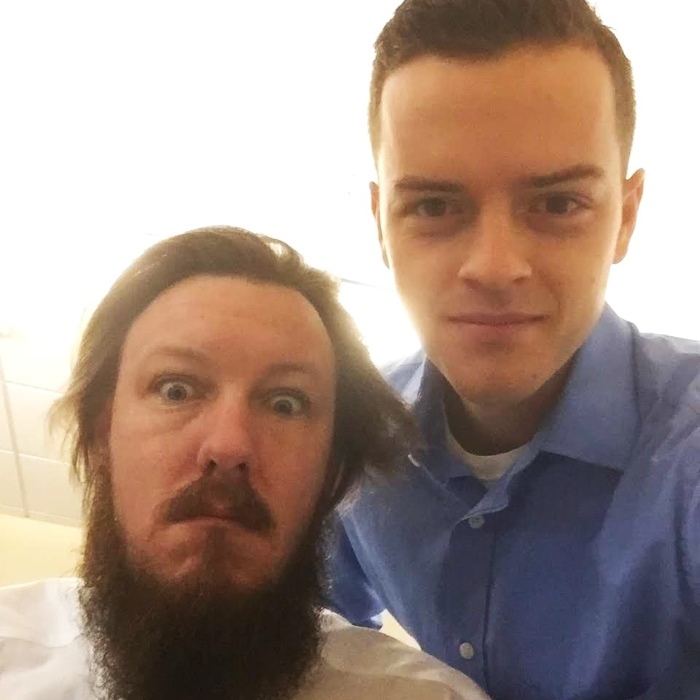
The author with colleague and friend Byron Szymeczko
When given a chance to share ideas with colleagues during professional development, Byron and I put in a request to present on how we structure our classes to be student-centered. Our administrators gave us the green light. We found ourselves in matching flamingo shirts presenting to an audience of 30 eager educators. We tasked the group with following along as we played an origami butterfly video at the front of the room. We passed out paper, pressed play, and didn’t pause the video, even as teachers immediately said they needed more time and grew visibly stressed.
Inevitably our audience was frustrated, defeated, and only a couple teachers had successfully created a butterfly. Then, we “Modern Classroom-ed” the same activity. The teachers watched the video on their own devices, working solo or collaborating with a partner as Byron and I walked around providing support as needed. If anyone finished their butterfly, they were tasked with advancing to more challenging origami structures. By the end of the session, 30 educators left with butterflies and raved about our presentation.
It was a powerful moment. Colleagues started to email me and Byron. They wanted to meet and learn more. They wanted to share ideas and try it in their Spanish classes and their English classes. Byron and I got the support and feedback that we needed to continue this journey. We realized we were on to something special.
I probably would have made it through this journey on my own, but it would have been much more difficult, especially if I had to navigate those obstacles alone. Luckily, I had the right people around me, the right people to mold my thinking from the start, to join in on an unknown adventure, and to provide the opportunity to reach a new audience. I realize now that the successes I have felt with student-centered, self-paced learning are because of the people I have shared this journey with. That has made all the difference.
I’ve been lucky to have crossed paths with educators who have shown incredible bravery by challenging rote pedagogical practices. It’s easy in education to do what has always been done and much harder to go against convention. I needed those people around me to make this change seem possible. Without Ron, Byron, my administrators, and the colleagues that took a chance on us, my classroom would not look the same today. These people are my marigolds.
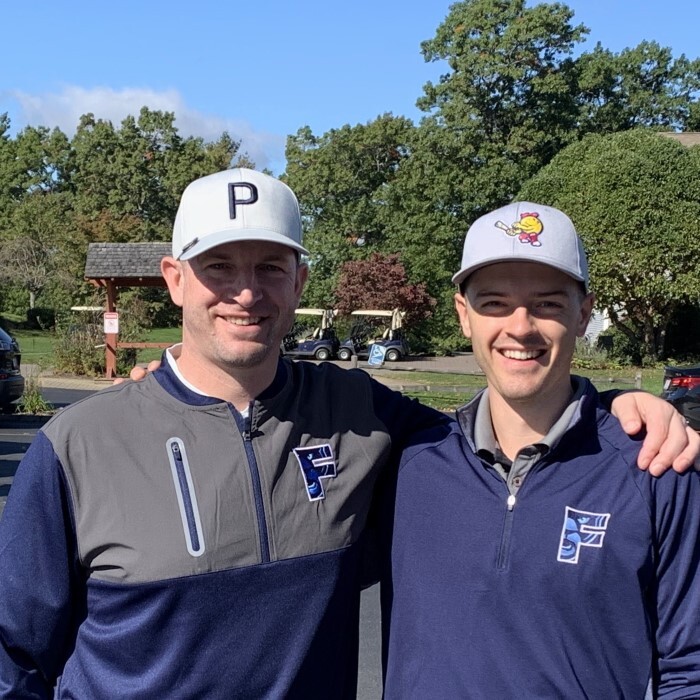
The author with mentor and principal Paul Peri
In one of the first faculty meetings I attended as a young teacher, my principal Paul Peri shared an article from Jennifer Gonzalez about marigolds and walnut trees. In it, Gonzalez explains that experienced gardeners know that walnut trees “give off a toxic substance that can inhibit growth, wilt, and ultimately kill nearby vegetable plants.” Life will surround us with walnut trees; some are people we can avoid and others we cannot. Conversely,
“If you plant a marigold beside most any garden vegetable, that vegetable will grow big and strong and healthy, protected and encouraged by its marigold.”
Ron and Byron are my most vibrant marigolds in a long list of supportive colleagues. I think about those colleagues almost daily, and many of them have become close friends. It took these marigolds to make me into the teacher I am today, with a classroom that I hope will make a difference for all the students I get to meet.
Byron, Ron, and I have all gone our separate ways to new school districts. I will often text a selfie to Byron on days I wear my flamingo shirt, and he will do the same. We often talk about those days working together, where we felt like we were learning and growing every day and we couldn’t wait to get into the building each morning to talk about it. I’m grateful for that experience, and I hope that I continue to find marigolds throughout my career. Even more, I hope to BE a marigold for another young teacher, someone with big questions, and big aspirations, who might just need the support of a colleague for a career-changing adventure.
All photos courtesy of the author.

